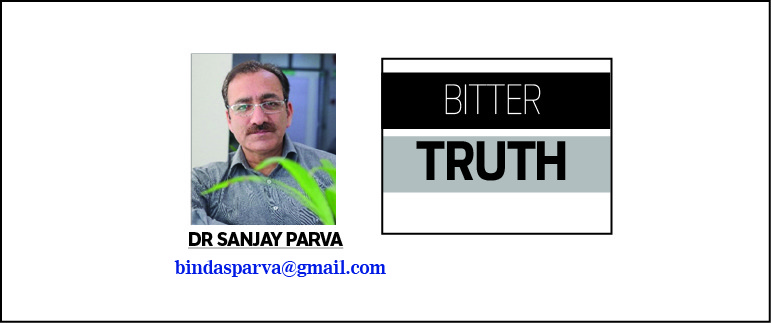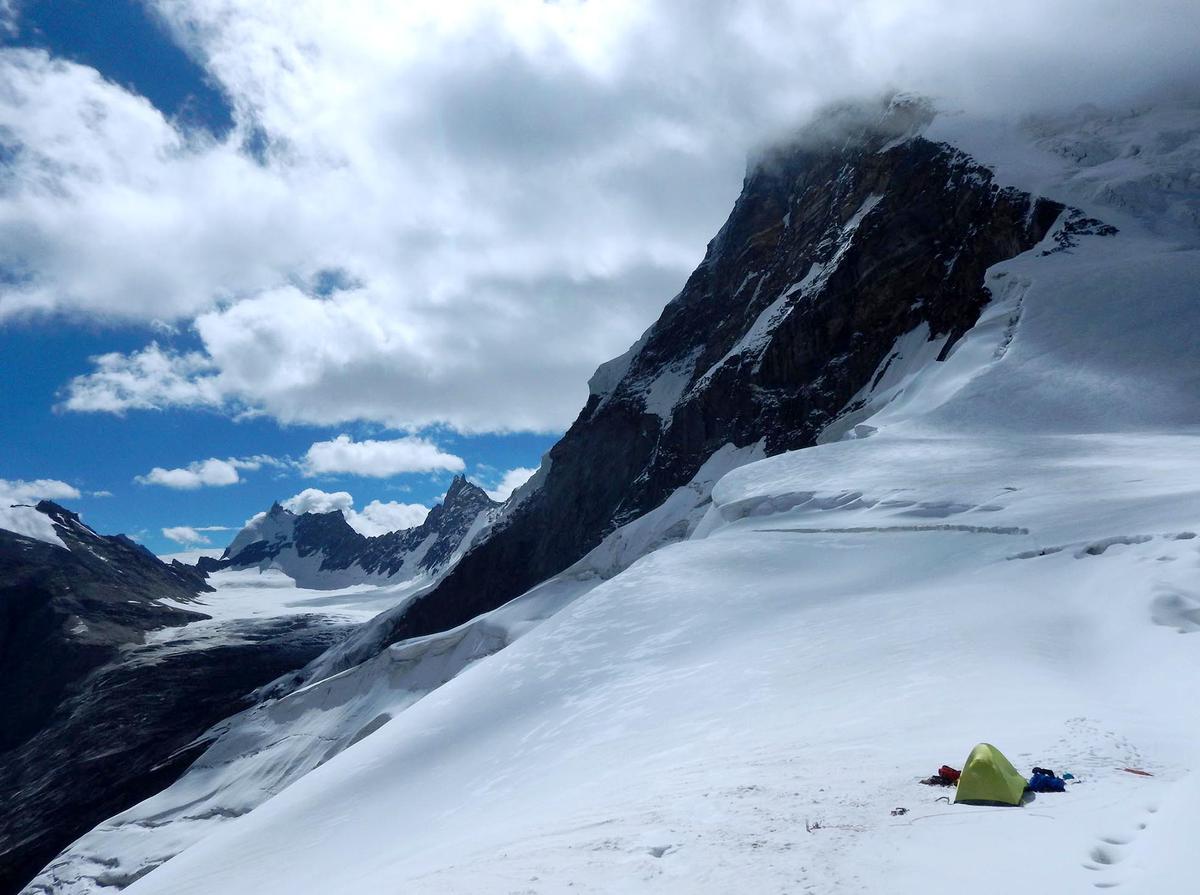
Inclusive Education Systems are based on the premise that ‘every child has the right to quality education and lifelong learning within the same schooling environment’. However, a large chunk of children from varied backgrounds; ranging from socio-cultural, linguistic, economic, and with special needs (previously known as physically disabled) face serious barriers to education across the globe. The most excluded group of children, who face persistent barriers to education stemming from discrimination, stigma and the routine failure of decision-makers are the Children with Special Needs (CWSN). As per UNICEF, an estimated number of 240 Million ambitious CWSN, dream of a better future. Thus, the UN after the Convention on The Rights of Persons with Disabilities set the Global Education Development Agenda reflected in (SDG4) of 2030.
As one of the signatories of CRPD, long before its global adoption, India made legislation for the rights of disabled persons viz. The Rights of Persons with Disability Act 1995, amended in 2016, among other rights also includes education rights. NEP 2020 has been aligned with SDG4 of 2030, which seeks to “ensure inclusive and equitable quality education and promote lifelong learning opportunities for all”. One of the aims of NEP 2020 is to provide all students despite inherent obstacles, various targeted opportunities to enter and excel in the education system. The purpose of NEP 2020 spelt out in the policy document is to “Develop human beings capable of rational thought and action, possessing compassion and empathy, courage and resilience, scientific temper and creative imagination, with sound ethical mooring and values”. The good institution as per the policy is one where “every student feels welcomed and cared for…” Therefore, India envisages an inclusive education system, where no child loses any opportunity to learn and excel because of circumstances of birth or background. Such policy goals can be achieved with success only if every child, irrespective of birth or background is brought together in the same learning environment.
Studies have shown that children with special needs have higher achievements and improved skills through inclusive education, and their peers without challenges benefit, too (Bui, et al., 2010; Dupuis, Barclay, Holms, Platt, Shaha, & Lewis, 2006; Newman, 2006; Alquraini & Gut, 2012). In an inclusive classroom, CWSNs and their peers have been reported to have achieved academic gains, better communication skills, improved social skills, and lesser disruptive classroom behaviour. Parents have reported satisfaction with the performance of their wards in an inclusive classroom.
Although NEP 2020 recommended the adoption of inclusive education from the pre-primary level and has taken appropriate steps for its implementation in a time-bound manner, yet the ground for its effective implementation, especially for CWSN lacks water. The schools, especially at the primary level are deficient, not only in terms of infrastructure but also have inadequately trained teachers to handle CWSN. Various studies and unofficial data suggest that in the union territory of J&K UT, inclusive classrooms in schools do not include most of the CWSN. In schools where CWSNs are enrolled, they do not get the required attention and care or appropriate quality education and learning opportunities.
To a great extent, this problem can be solved by supplementing the pre-primary schools with trained personnel to take care of the early needs of CWSN and prepare them for normal schooling. As a case study, in district Baramulla of the J&K, few special schools established to cater to the needs of CWSN have already shown the way. The National Blind School, working for the last two decades in the main town has achieved substantial success in providing education to the Blinds. Another special school, the Dagger Parivaar School funded by the Indrani Bala Foundations (Roshani) Pune works under the administrative control of the Army’s 19th Infantry Brigade under Operation Sadbhavna. Since its establishment in 2020-21, this special school is one of the torchbearers in the special school category in this remote district and has successfully trained more than twenty CWSNs and mainstreamed them into the normal schooling system. In addition to teaching-learning activities, the school provides care, physiotherapy, speech therapy, and allied support to CWSN before mainstreaming them. Last year, the Parivaar School successfully saved the life of Burhan Malik. Being CWSN, Burhan Malik was diagnosed with multiple coronary valve issues that required more than twenty lacs for treatment. Declared irrecoverable by the surgeons at SKIMS and local tertiary care hospitals, Burhan Malik was successfully operated at Army Hospital Delhi after Parivaar’s intervention.
The success of these schools necessitates that the government equip the pre-primary and primary schools with trained personnel like physiotherapists, speech therapists etc. to take proper care of and train the CWSN to prepare them for the inclusive classroom environment. Special training sessions should also be arranged for teachers’ sensitisation to properly handle CWSN in the classrooms.
(akramiiim@gmail.com)




